

Articles
How To Store Sliced Bell Peppers
Modified: February 23, 2024
Learn the best methods for storing sliced bell peppers to ensure their freshness and flavor with our informative articles on proper storage techniques.
(Many of the links in this article redirect to a specific reviewed product. Your purchase of these products through affiliate links helps to generate commission for Storables.com, at no extra cost. Learn more)
Introduction
Welcome to our guide on how to store sliced bell peppers! Bell peppers are not only packed with flavor and vibrant colors but also an excellent source of vitamins and antioxidants. Whether you’ve just harvested a bounty from your garden or purchased a surplus at the market, it’s essential to know the best practices for storing sliced bell peppers to maintain their freshness and maximize their shelf life.
Sliced bell peppers are a versatile ingredient that can be used in a variety of dishes, including salads, stir-fries, sandwiches, and wraps. However, if not stored properly, they can quickly deteriorate, leading to loss of texture, color, and flavor. By following a few simple guidelines, you can ensure that your sliced bell peppers remain crisp and delicious for an extended period.
In this article, we will explore two main options for storing sliced bell peppers: storing them in the refrigerator and freezing them. We will also provide expert tips on maintaining their freshness. So, let’s dive in and learn the best practices for storing sliced bell peppers!
Key Takeaways:
- Store sliced bell peppers in airtight containers in the refrigerator for short-term use, ensuring they stay fresh and crisp for up to a week. Enjoy the convenience of having them ready for quick and easy meal prep!
- Freeze sliced bell peppers after blanching for long-term storage, preserving their quality and vibrant colors for up to 12 months. Say goodbye to seasonal limitations and enjoy bell peppers year-round!
Read more: How To Store A Bell Pepper
Why store sliced bell peppers?
Slicing bell peppers is a convenient way to prep them for various recipes and meal planning. By storing sliced bell peppers properly, you can enjoy the benefits of this colorful and nutritious vegetable for an extended period. Here are a few reasons why you might want to store sliced bell peppers:
- Convenience: Slicing and preparing bell peppers in advance saves time when you’re ready to cook. Having pre-sliced peppers on hand allows you to easily incorporate them into your meals without the need for additional preparation.
- Extended Shelf Life: Properly storing sliced bell peppers can significantly extend their shelf life. This means you can buy or harvest larger quantities while they are in season and enjoy them throughout the year.
- Versatility: Sliced bell peppers can be used in a wide range of recipes. From salads and fajitas to stir-fries and omelets, having sliced bell peppers readily available opens up a world of culinary possibilities.
- Budget-friendly: Bell peppers can often go on sale or be found at lower prices during peak harvesting seasons. By buying in bulk and storing sliced peppers, you can take advantage of these deals and save money in the long run.
- Reduced Food Waste: Slicing and storing bell peppers properly can help reduce food waste. When stored correctly, they retain their freshness and are less likely to spoil, meaning you can use every slice without wasting any valuable produce.
Whether you’re looking to meal prep, make quick and easy weeknight meals, or take advantage of seasonal bargains, storing sliced bell peppers is a practical solution. Now that we understand why it’s beneficial to store sliced bell peppers, let’s delve into the best practices for keeping them fresh and delicious!
Best practices for storing sliced bell peppers
Proper storage is key to preserving the freshness and quality of sliced bell peppers. Here are some best practices to follow when storing sliced bell peppers:
- Choose ripe bell peppers: Select bell peppers that are firm, smooth, and vibrant in color. Avoid peppers that have blemishes, soft spots, or signs of wrinkling.
- Wash and dry thoroughly: Before slicing, wash the bell peppers under cold running water and pat them dry with a clean towel. This helps remove any dirt or residues on the skin.
- Use a sharp knife: When slicing bell peppers, use a sharp knife to ensure clean cuts and prevent bruising. Dull knives can crush the peppers and lead to faster spoilage.
- Remove seeds and membranes: Remove the seeds and white membranes from the bell peppers. These parts can have a bitter taste and can contribute to faster spoilage.
- Store in airtight containers: Transfer the sliced bell peppers to airtight containers or resealable bags. This prevents exposure to moisture and helps maintain their crispness.
- Label and date: To keep track of freshness, label the containers with the date of slicing. This allows you to use the oldest peppers first and ensures you don’t keep them past their prime.
- Keep refrigerated: Sliced bell peppers should be stored in the refrigerator, preferably in the crisper drawer. The cool temperature helps slow down the ripening process and maintain their quality.
- Keep away from ethylene-producing fruits: Bell peppers are sensitive to ethylene gas, which is released by certain fruits like apples, bananas, and tomatoes. To prevent premature ripening, avoid storing sliced bell peppers near these fruits.
By following these best practices, you can ensure that your sliced bell peppers stay fresh and delicious for as long as possible. Next, we will explore two storage options: storing sliced bell peppers in the refrigerator and freezing them.
Option 1: Storing sliced bell peppers in the refrigerator
Refrigeration is one of the most common methods for storing sliced bell peppers. Follow these steps to properly store your sliced bell peppers in the refrigerator:
- Prepare the sliced bell peppers: Wash and dry the bell peppers thoroughly. Slice them into your desired thickness, discarding the seeds and white membranes.
- Transfer to airtight containers: Place the sliced bell peppers in airtight containers or resealable bags. This prevents them from drying out and minimizes exposure to air.
- Label the containers: If storing in multiple containers, label them with the date of slicing to keep track of freshness. This way, you can use the oldest peppers first.
- Store in the refrigerator: Put the containers of sliced bell peppers in the refrigerator, ideally in the crisper drawer. The cool temperature of the fridge helps retain their crispness and slows down the ripening process.
- Use within a week: Sliced bell peppers stored in the refrigerator are best used within 5 to 7 days to ensure optimal flavor and texture. After this period, they may start to lose their crispness and vibrant color.
When using refrigerated sliced bell peppers in your recipes, check for any signs of spoilage such as mold, sliminess, or off odor. If you notice any of these signs, discard them immediately to prevent foodborne illnesses.
Now that you know how to store sliced bell peppers in the refrigerator, let’s explore another option: freezing sliced bell peppers for longer-term storage.
Store sliced bell peppers in an airtight container or resealable bag in the refrigerator. Place a paper towel in the container to absorb any excess moisture and help keep the peppers fresh for longer.
Option 2: Freezing sliced bell peppers
Freezing sliced bell peppers is an excellent option for long-term storage, allowing you to enjoy their freshness even when they are out of season. Follow these steps to properly freeze your sliced bell peppers:
- Prepare the sliced bell peppers: Wash and dry the bell peppers thoroughly. Slice them into your desired thickness, removing the seeds and membranes.
- Blanch the sliced bell peppers: Blanching helps preserve the color, texture, and nutrient content of the bell peppers. Bring a pot of water to a boil and submerge the sliced bell peppers for about 2 minutes. Then, quickly transfer them to an ice bath to cool down.
- Drain and pat dry: After blanching, drain the bell peppers thoroughly and pat them dry with a clean towel. Excess moisture can cause ice crystals to form, affecting the texture of the frozen bell peppers.
- Portion and package: Divide the sliced bell peppers into portion sizes that you commonly use for your recipes. Place each portion in a freezer-safe bag or container. Remove as much air as possible before sealing to prevent freezer burn.
- Label and date: Label each bag or container with the date of freezing. This allows you to keep track of their freshness and use the oldest ones first.
- Freeze the sliced bell peppers: Place the packaged sliced bell peppers in the freezer, ensuring they lay flat to save space. It’s recommended to keep them at the back of the freezer, where the temperature is the most consistent.
- Use within 9 to 12 months: Sliced bell peppers can be safely stored in the freezer for 9 to 12 months. While they may be safe to consume beyond this period, their quality may begin to deteriorate over time.
When you’re ready to use the frozen sliced bell peppers, no need to thaw them. Incorporate them directly into your recipes, whether it’s stir-fries, soups, or casseroles. Thawing the peppers can result in a mushy texture.
Now you have another option for storing sliced bell peppers: freezing them for long-term use. Let’s move on to some tips to help you maintain the freshness of your sliced bell peppers, regardless of the storage method you choose.
Read more: How To Store Mini Bell Peppers
Tips for maintaining freshness
Regardless of whether you store your sliced bell peppers in the refrigerator or freezer, here are some tips to help you maintain their freshness:
- Handle with care: When handling sliced bell peppers, avoid excessive squeezing or rough handling. Gentle treatment helps prevent bruising and extends their shelf life.
- Keep moisture at bay: Moisture can cause bell peppers to spoil quickly. Make sure the bell peppers are completely dry before storing them, whether in the refrigerator or freezer.
- Minimize exposure to air: Air exposure can lead to oxidation and discoloration. Store sliced bell peppers in airtight containers or bags, removing as much air as possible.
- Avoid direct contact with ethylene-producing fruits: As mentioned earlier, bell peppers are sensitive to ethylene gas. Keep them away from ethylene-producing fruits, such as apples, bananas, and tomatoes, to prevent premature ripening.
- Periodically check for spoilage: Regularly inspect your stored sliced bell peppers for any signs of spoilage, such as mold, sliminess, or off odor. Remove any spoiled peppers immediately to prevent contamination.
- Follow recommended storage times: Pay attention to the recommended storage times for sliced bell peppers. While they may still be safe to consume beyond these timeframes, their quality and flavor may start to degrade.
- Consider blanching before freezing: Blanching the sliced bell peppers before freezing helps preserve their color and texture. This step is optional but recommended for optimal frozen bell pepper quality.
- Rotate your stock: When storing multiple batches of sliced bell peppers, ensure you rotate your stock. Use the oldest peppers first to prevent any from being forgotten and going to waste.
By following these tips, you can maintain the freshness and quality of your sliced bell peppers, whether you store them in the refrigerator or freezer. Now, armed with this knowledge, you can enjoy the convenience of having sliced bell peppers readily available for your favorite recipes!
Conclusion
Properly storing sliced bell peppers is essential to maintain their freshness, flavor, and vibrant colors. Whether you choose to store them in the refrigerator or freezer, following the best practices outlined in this guide ensures that you can enjoy the benefits of bell peppers for an extended period.
Storing sliced bell peppers in the refrigerator allows for short-term preservation. By keeping them in airtight containers and using them within a week, you can enjoy their crispness and flavors in various recipes.
On the other hand, freezing sliced bell peppers offers a long-term storage option. By blanching them to preserve their quality and portioning them into freezer-safe containers, you can have access to bell peppers all year round.
Regardless of your chosen storage method, be mindful of maintaining their freshness. Handle them gently, keep them dry, and minimize exposure to air and ethylene-producing fruits. Regularly check for signs of spoilage and adhere to recommended storage times.
By following these guidelines and incorporating the tips we’ve provided, you can make the most of your sliced bell peppers and avoid waste. Whether you’re meal prepping, taking advantage of seasonal produce, or simply ensuring that you always have bell peppers on hand, knowing how to store sliced bell peppers properly is a valuable skill.
So, go ahead and enjoy the convenience and versatility of sliced bell peppers in your kitchen. Now that you’re armed with the knowledge of proper storage, you can savor their delicious taste in a wide variety of dishes whenever you desire.
Frequently Asked Questions about How To Store Sliced Bell Peppers
Was this page helpful?
At Storables.com, we guarantee accurate and reliable information. Our content, validated by Expert Board Contributors, is crafted following stringent Editorial Policies. We're committed to providing you with well-researched, expert-backed insights for all your informational needs.
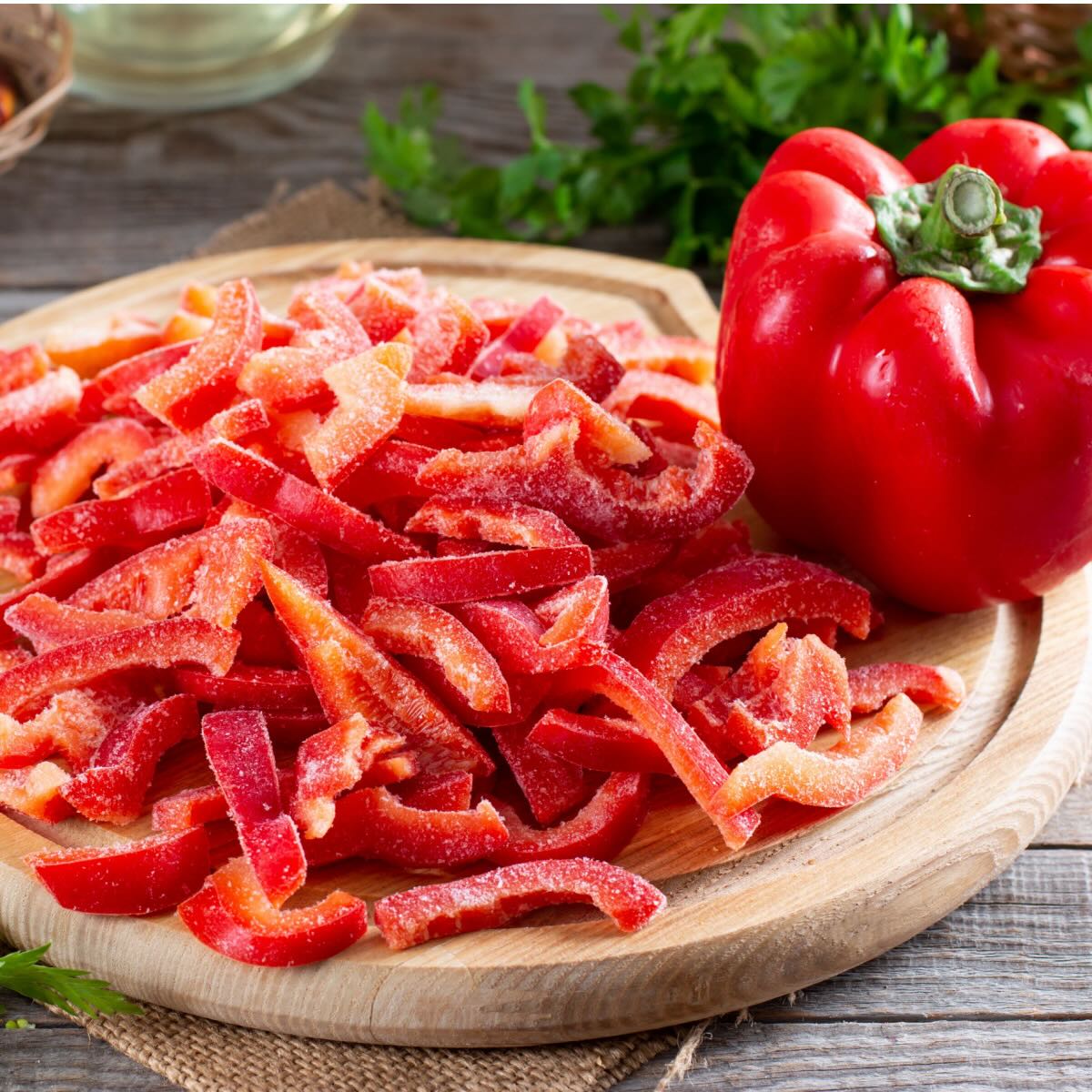
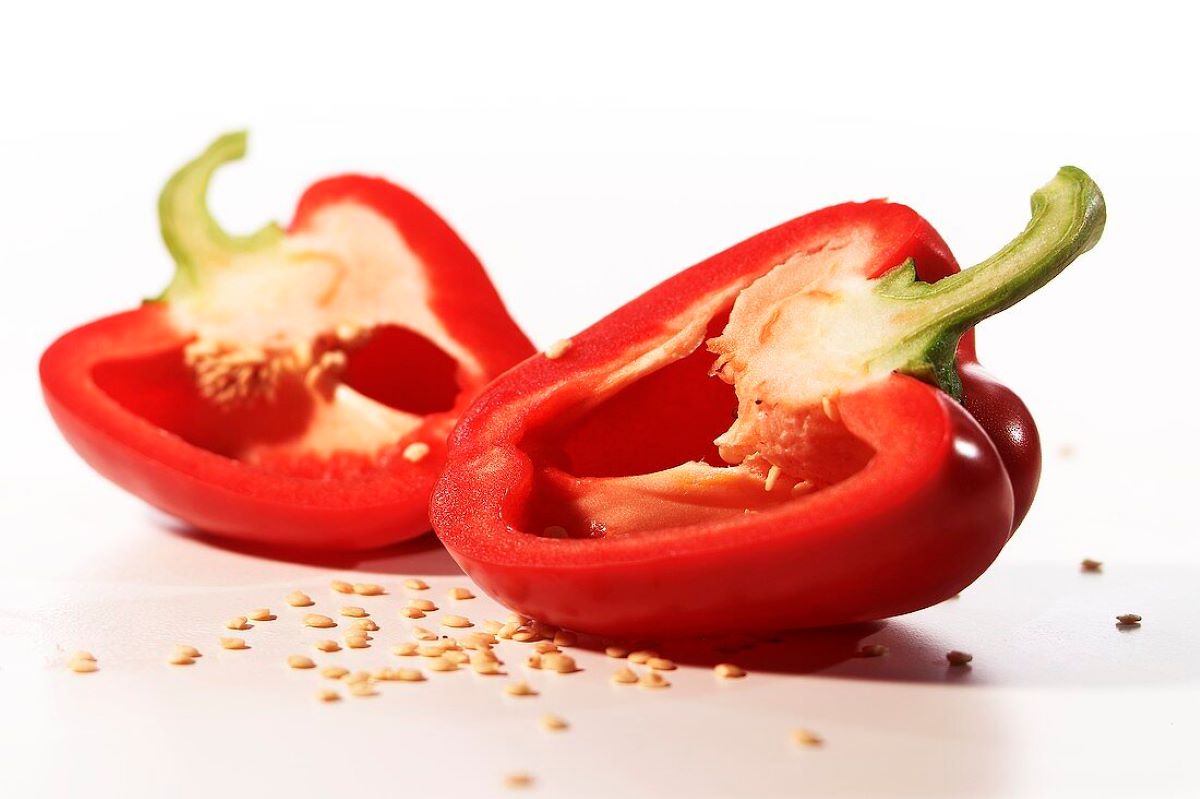
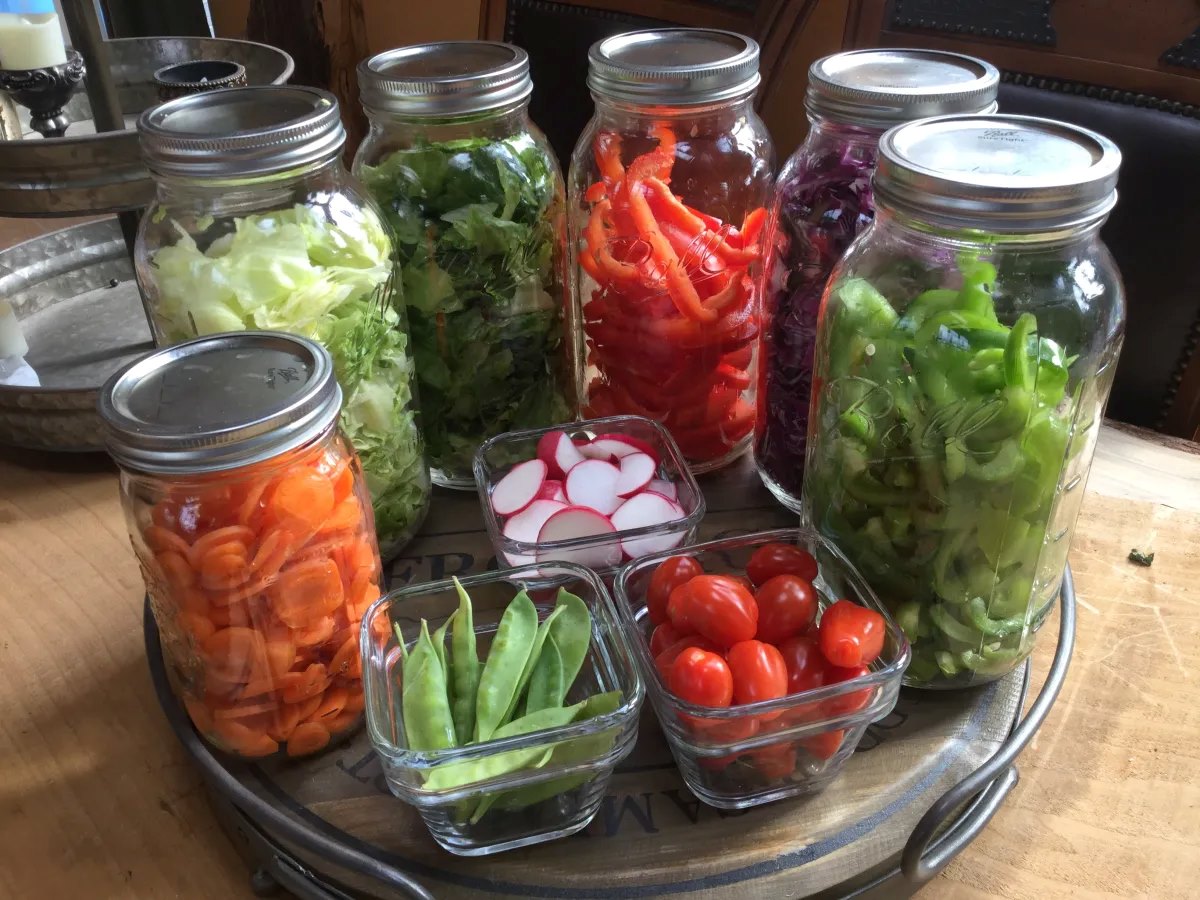
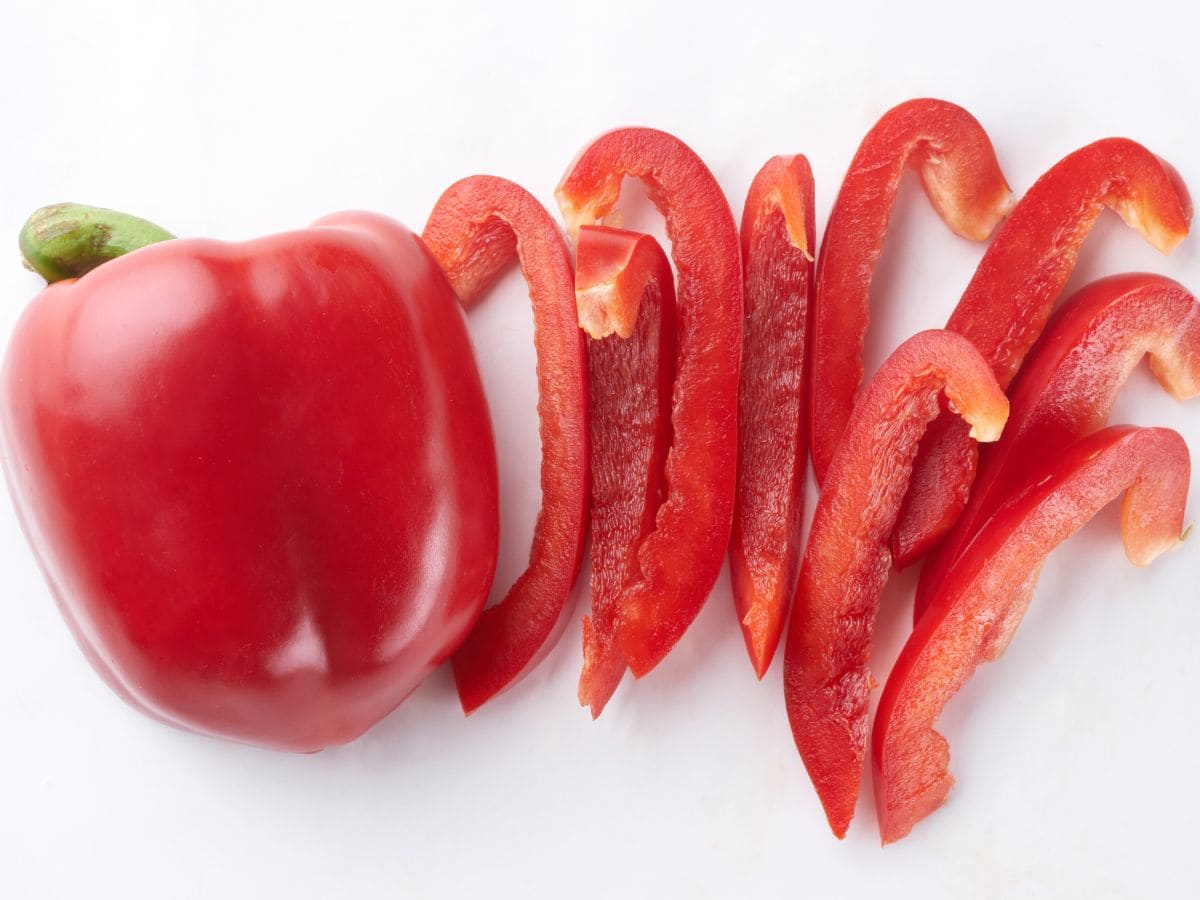
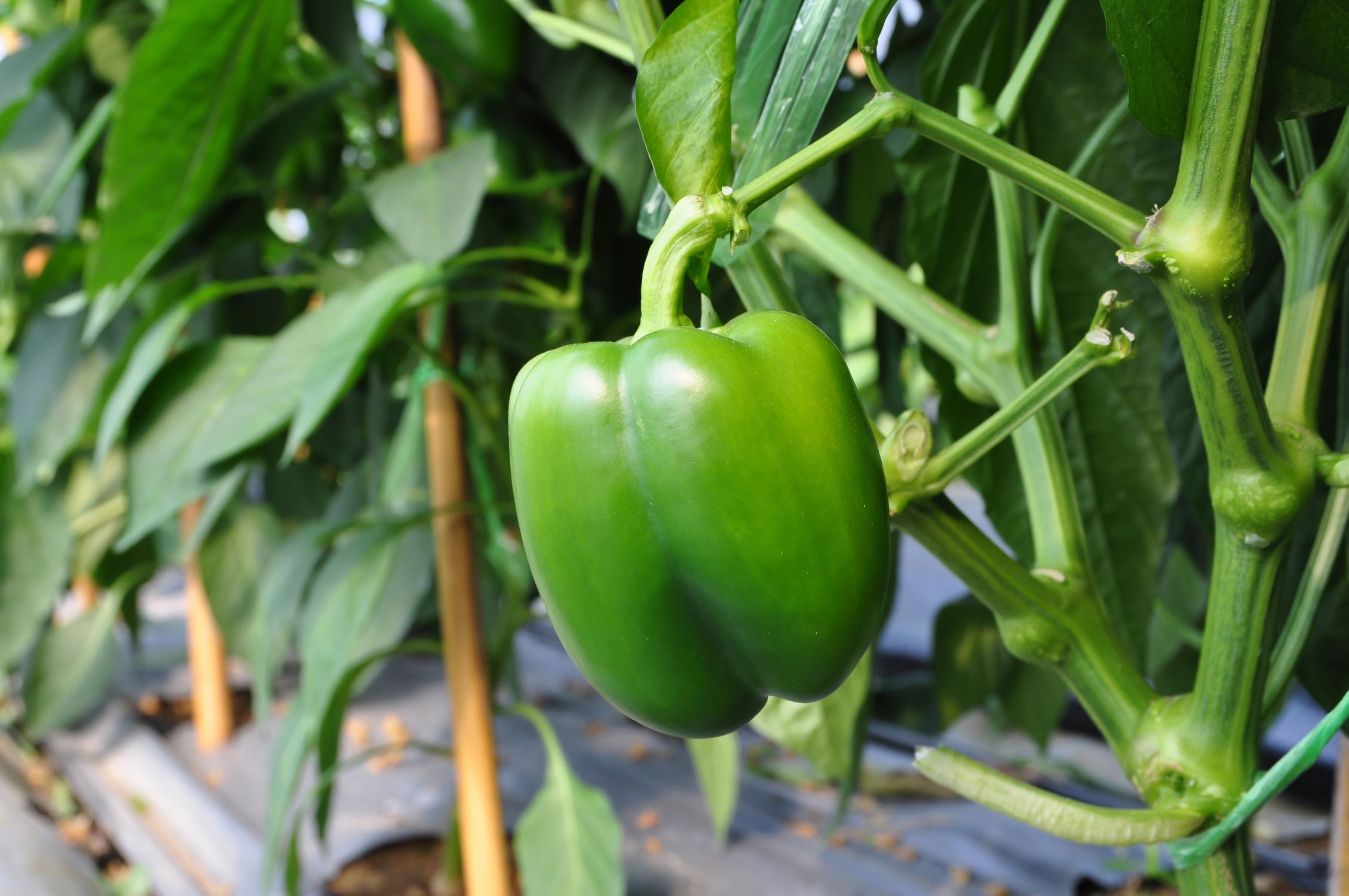
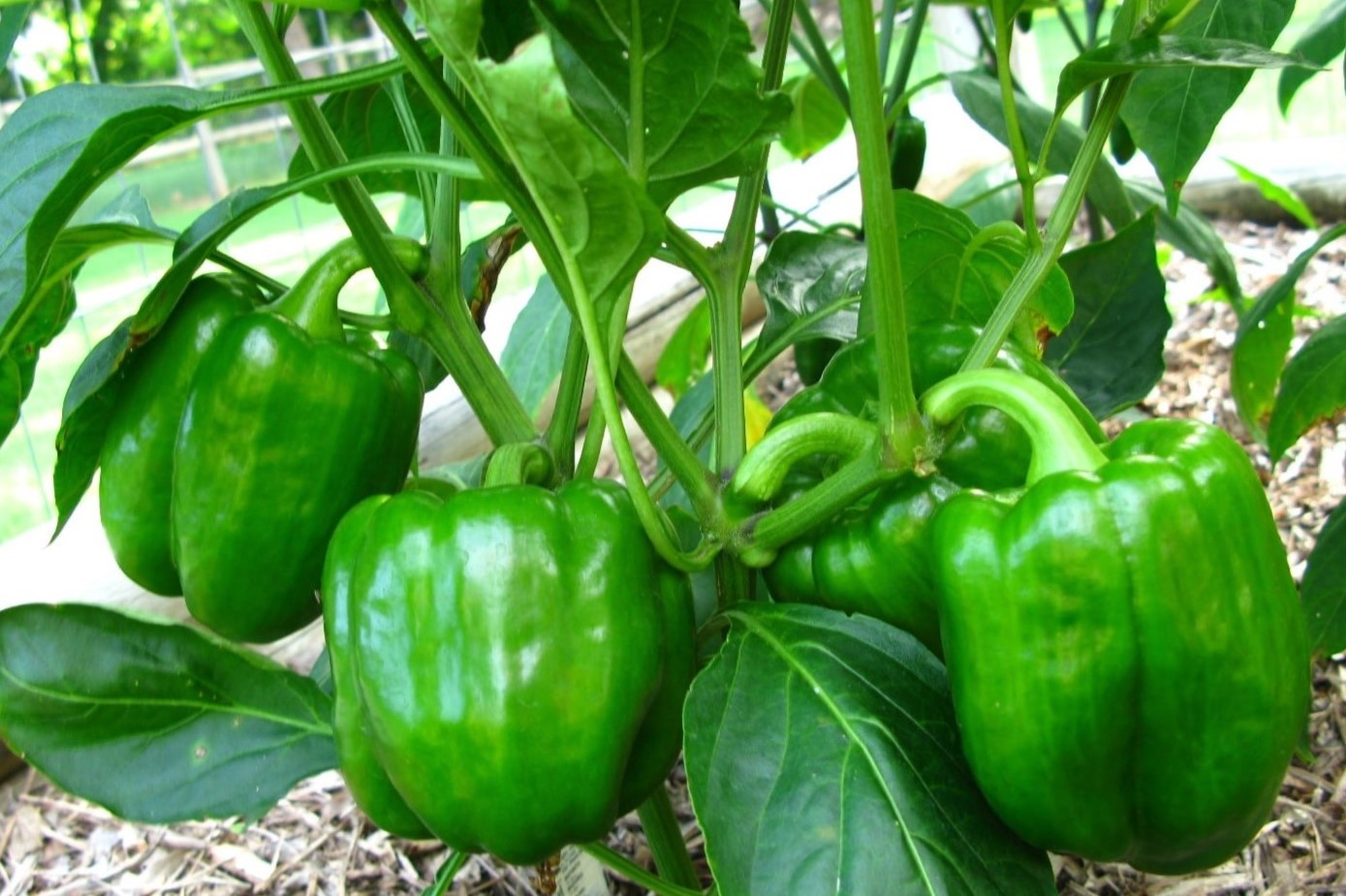

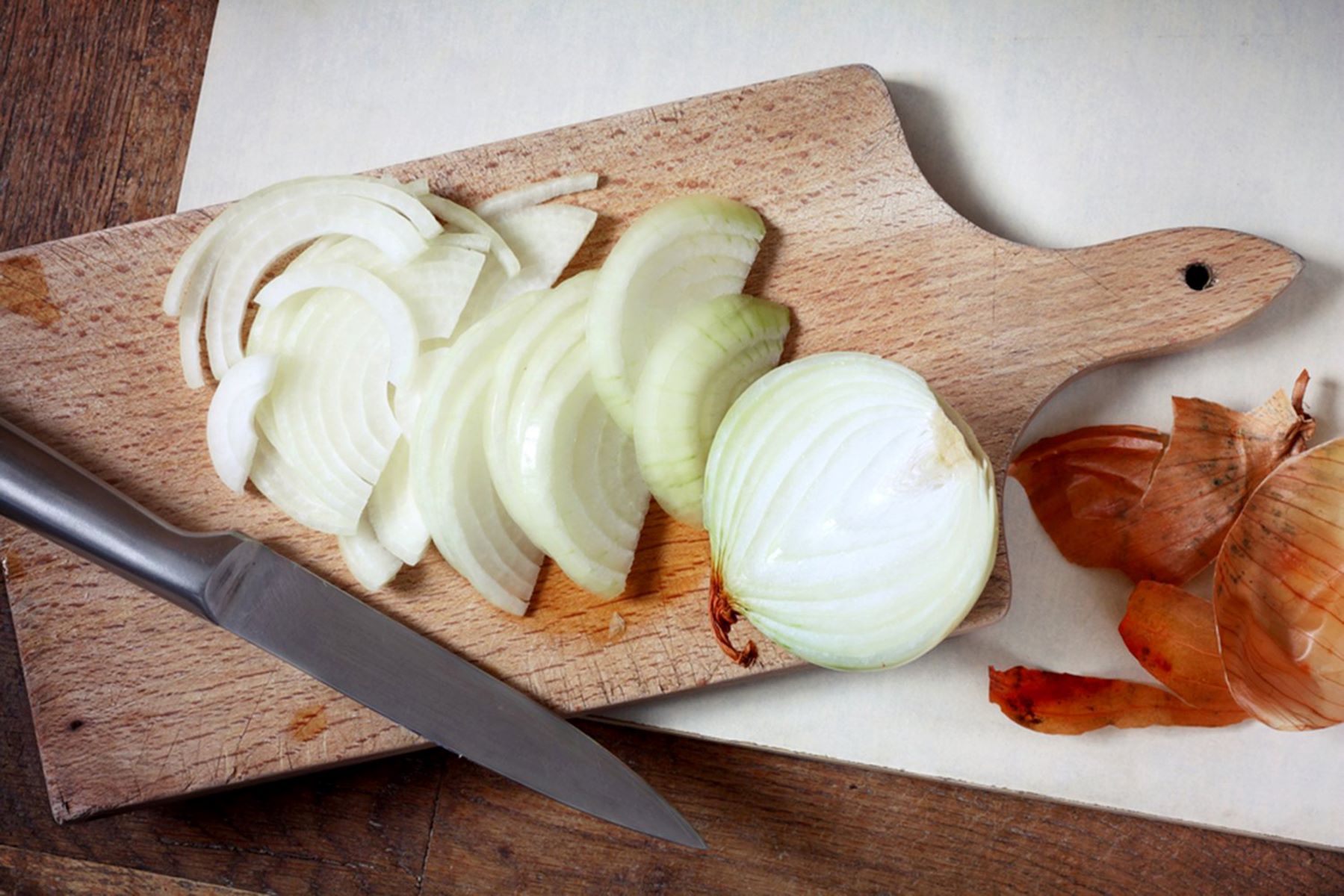

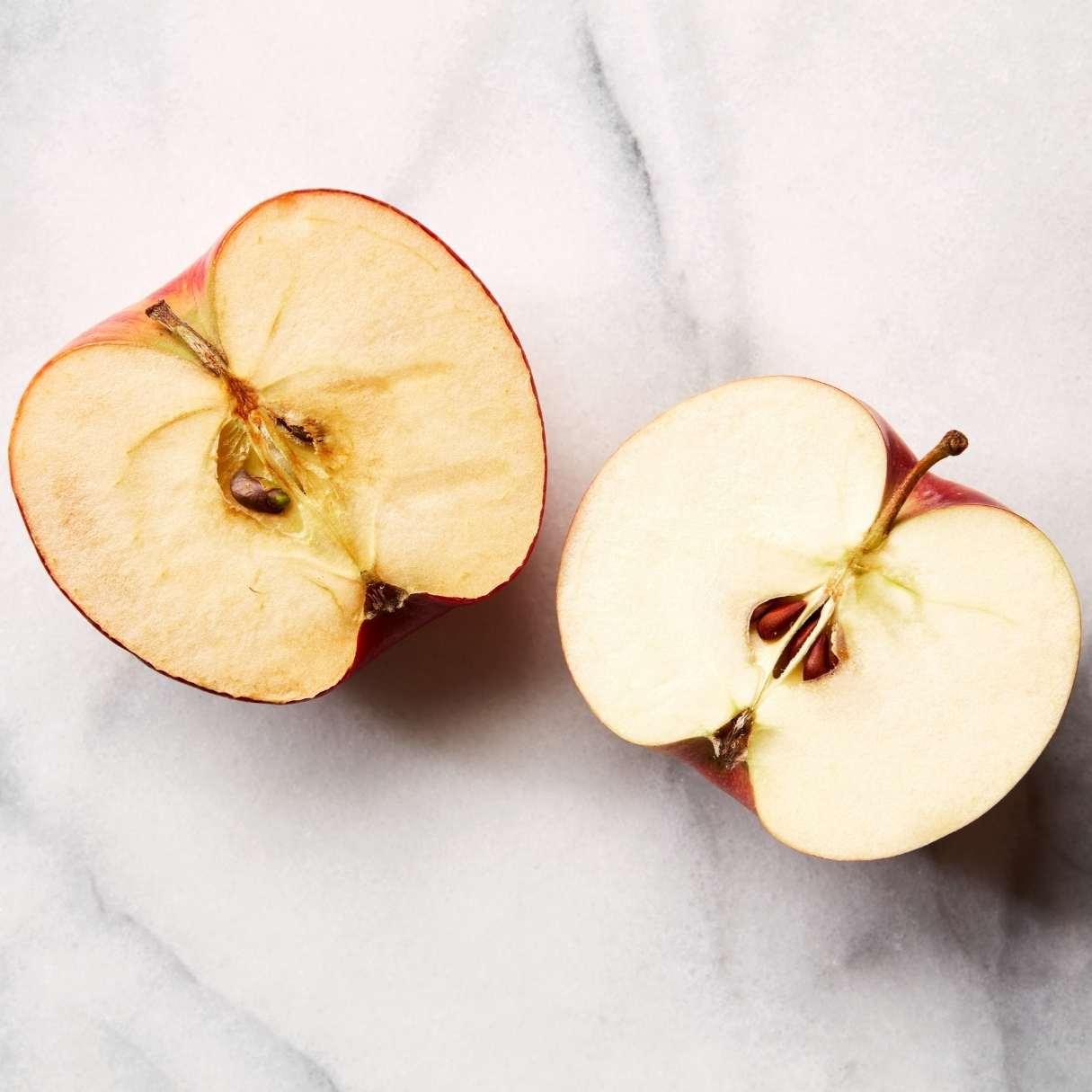
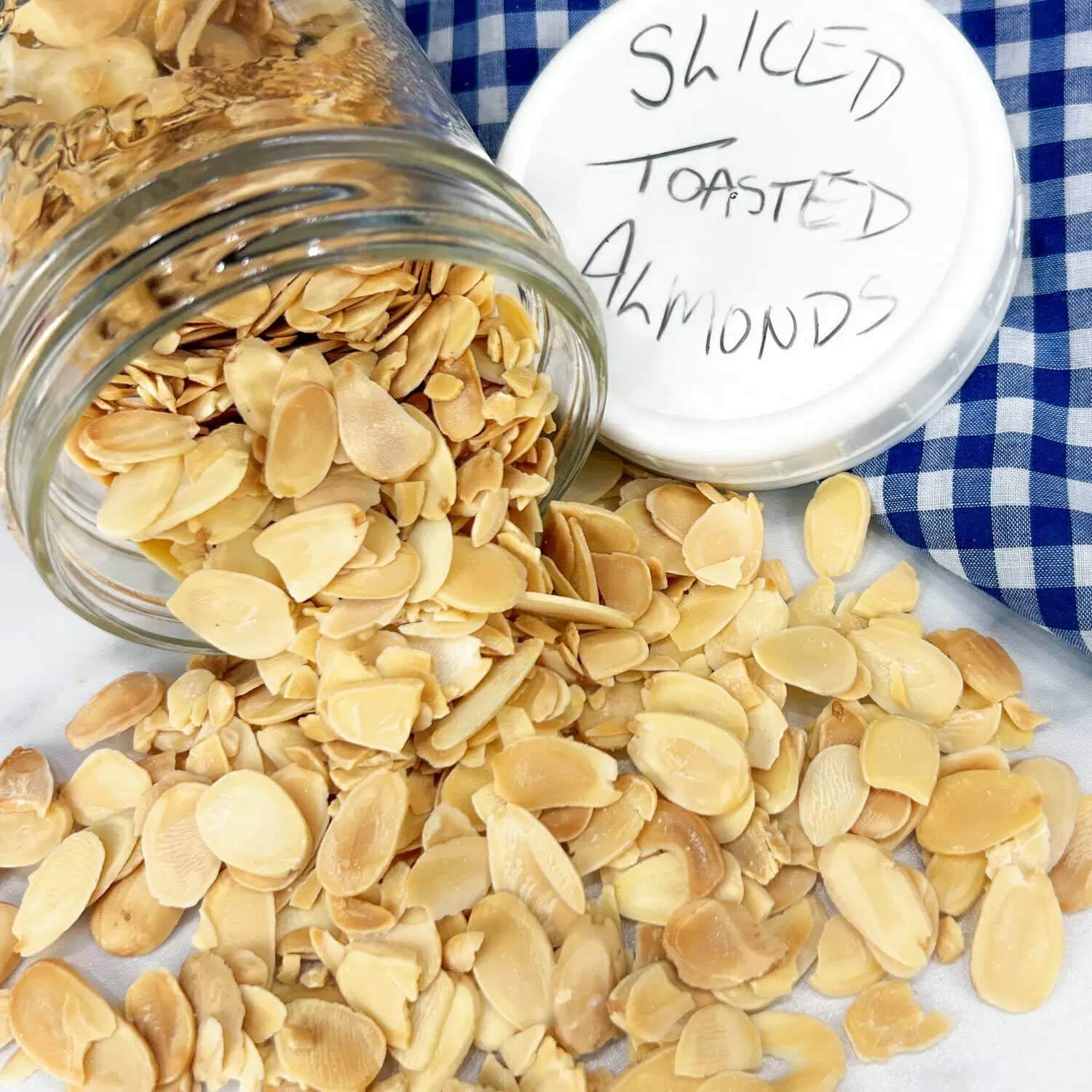
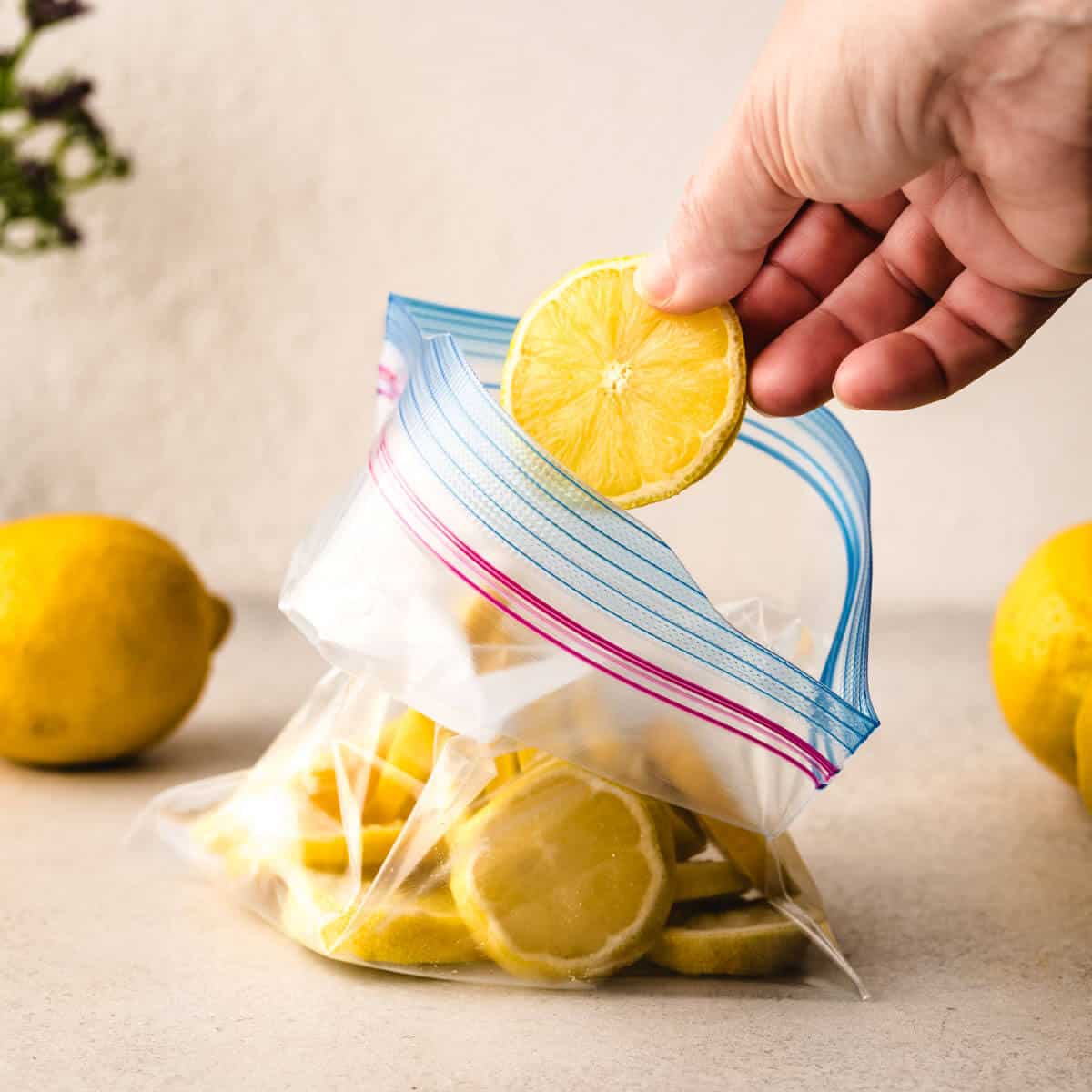
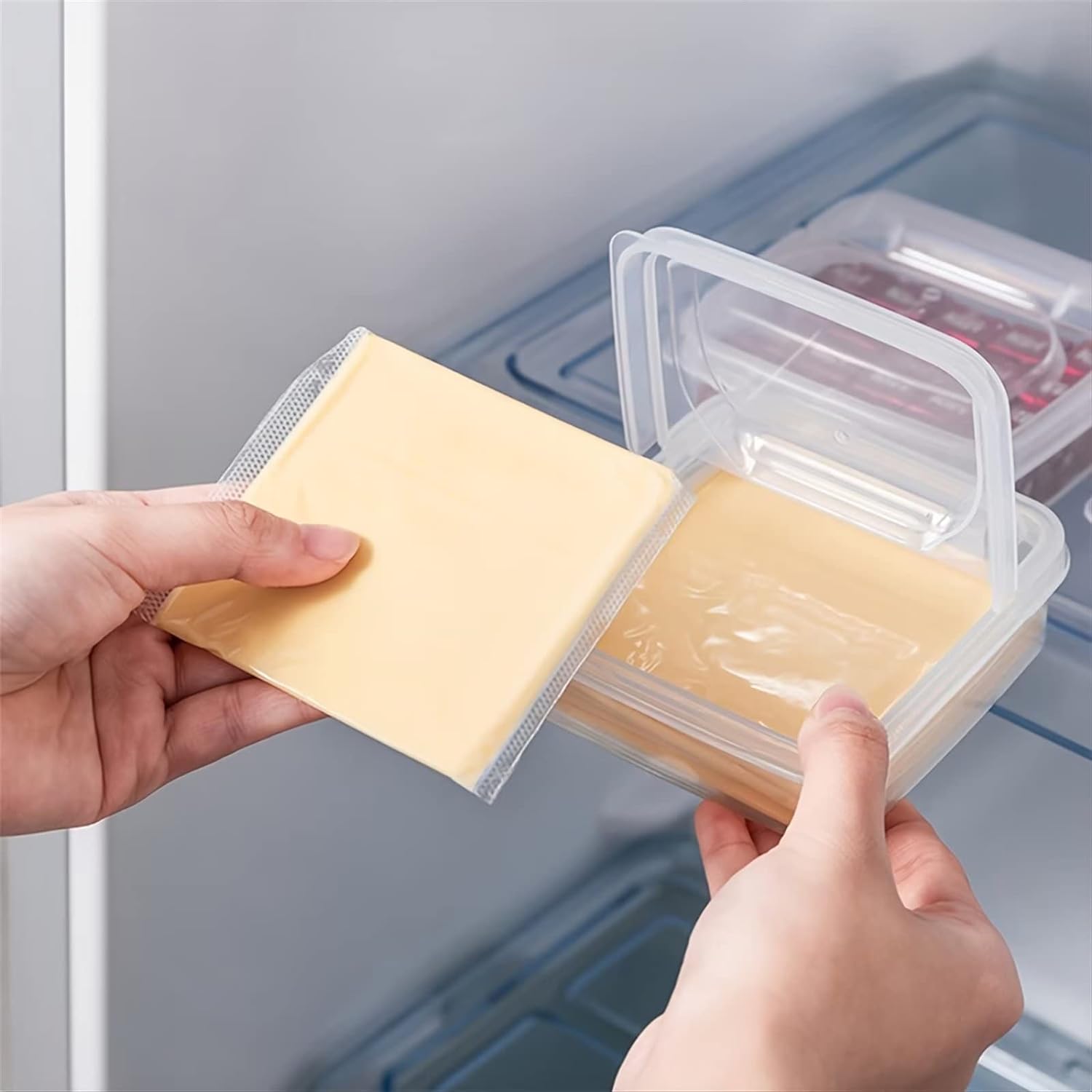
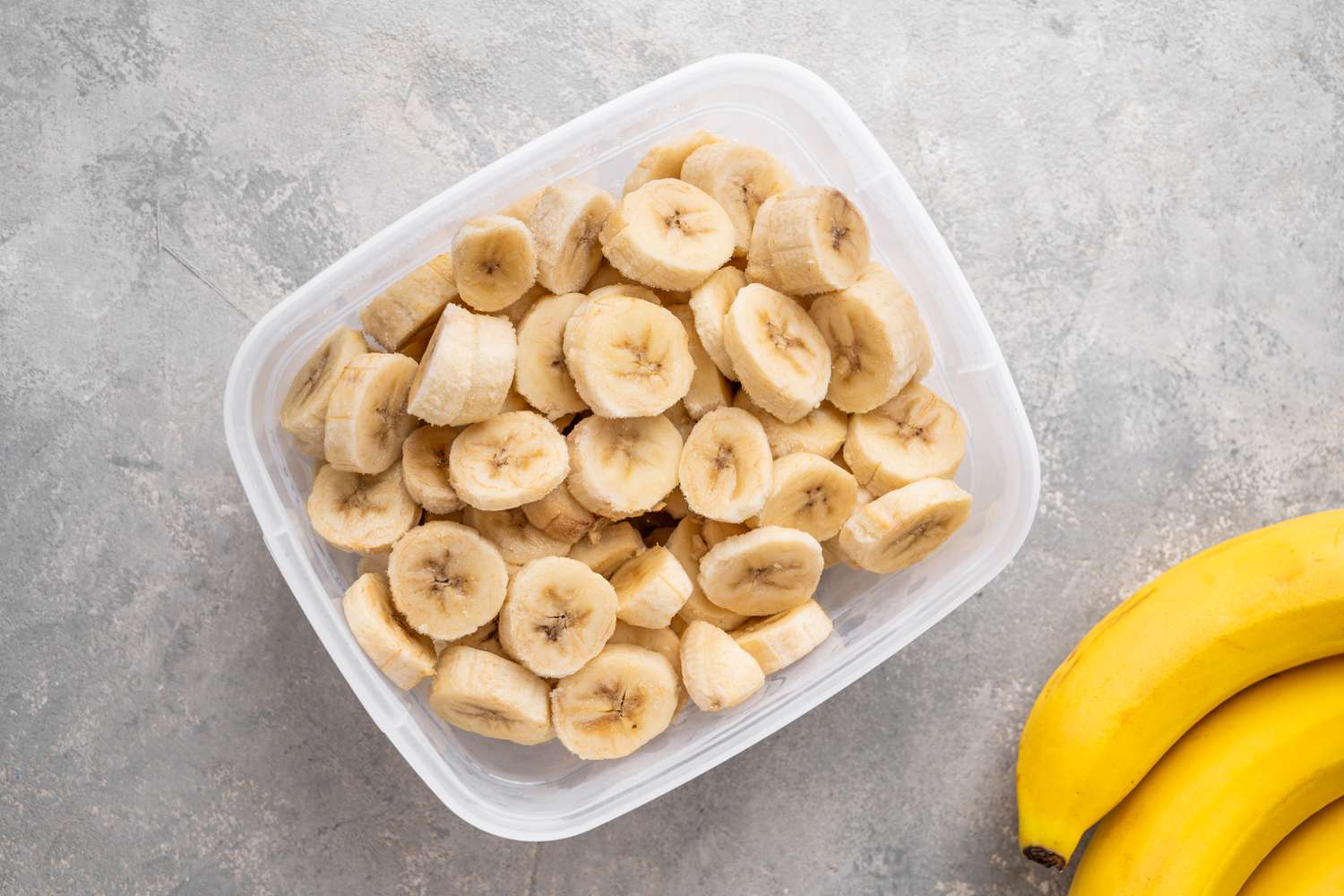

0 thoughts on “How To Store Sliced Bell Peppers”